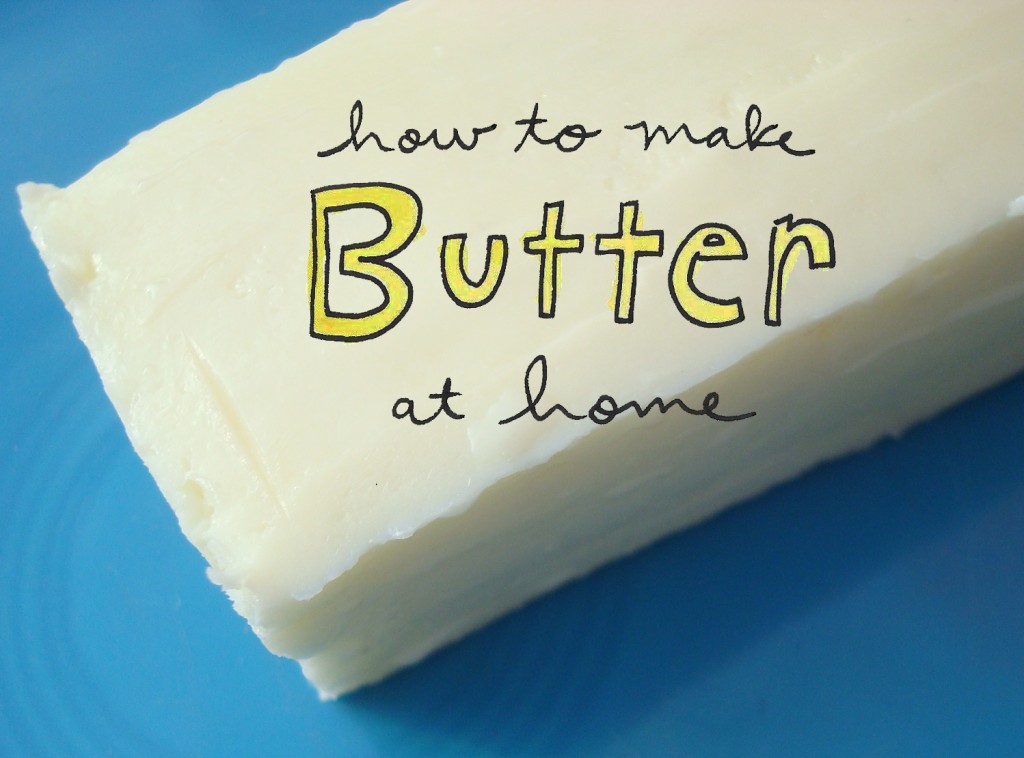Butter in a Jar
Supplies, instructions, resources, and worksheets are below!

Butter in a Jar
Project Description
What is butter and how is it made? In this STEM project, you’ll learn how to make fresh butter at home with just one ingredient. Butter dates back to ancient times, being made around 4,000 years ago, most likely from sheeps or goats. You’ll learn the science for how cream turns into butter. Traditional butter-making process begins with making cream. Cream is made when whole milk sits out letting tiny fat molecules float to the top, forming a layer of cream that can be collected. To make butter, the cream is mixed/stirred so that the fat molecules stick together to form butter.
Activity Time
1 day
Supplies Recommended
Investigative Worksheet
2 mason jars with lids
2 cups of heaving whipping cream
Measuring cup
Clock
Plastic wrap (to save your butter)
Learning Objectives
Understand how and why butter is made
Learn about the history of butter
Improve investigative skills
Vocabulary Terms to Understand
Look up each word and write their definition on paper.
butter churn
molecules
particles
temperature
buttermilk
milk fat
rancid
colloid
emulsion
vigorously
Instructional Videos
Instructions
1. Print the Investigative Worksheet and use it to document and record your findings.
2. Watch the instructional video above.
3. Pour 1 cup of cream into the measuring cup, and pour it into one of the mason jars. Put the lid on and let sit out for about 5 hours or until it’s room temperature.
4. Measure 1 cup of the cold whipping cream and pour it into the 2nd mason jar. Put the lid on tight.
5. Begin shaking the mason jar with the cold whipping cream. Shake it vigorously. You will see that the whipping cream starts to change. It may take 5 to 20 minutes until it fully changes to butter.
6. Remove ALL of the extra liquid from the butter. The liquid can make the butter turn rancid. Wrap your butter in plastic wrap to save and use.
7. Repeat the process, only now use the ROOM TEMPERATURE whipping cream instead.
6. Record your findings on the back of your Investigative worksheet. Make a chart to show the time it took for both (cold and room temperature) to turn to butter.
Questions
Which formed butter faster, room temperature or cold whipping cream, and why?
Was there any difference in how the butter tasted or turned out?
Resources
Wikipedia: Butter
Shaking Up Butter
The Science of Butter (SCIENCE)
Cream Science: On Whipping, Butter, and Beyond (SCIENCE)
The History of Butter
Spread the Word, Butter Has An Epic Backstory
A Short History of Making Butter
The History of Butter
